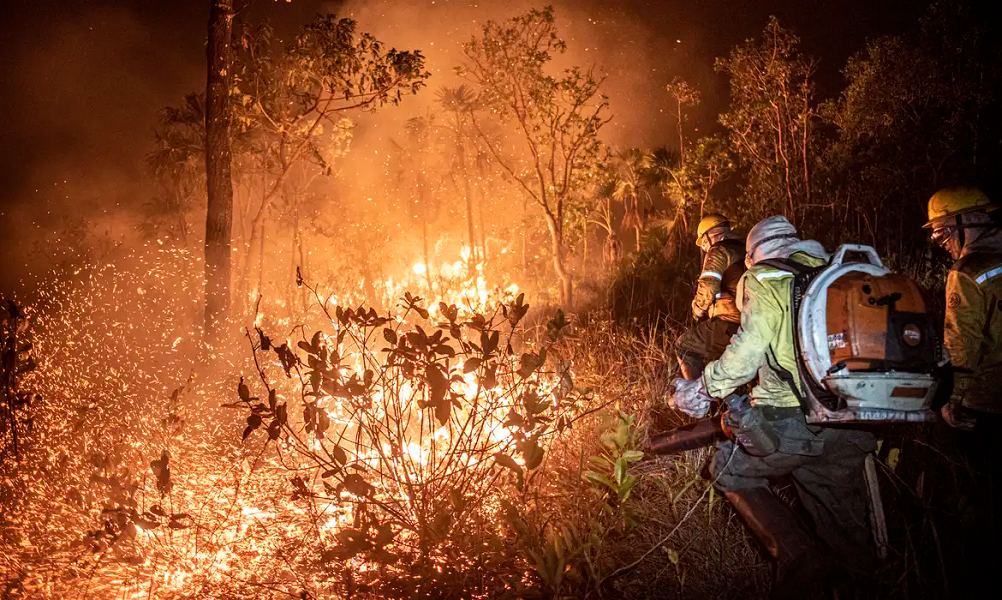SUMMARY
Brazil has experienced a sharp increase in wildfires in 2024, with hotspots doubling compared to 2023, particularly affecting the Amazon and Cerrado biomes. The worsening fires, driven by illegal land clearing and exacerbated by severe drought, have caused significant environmental damage and economic losses. Smoke from the fires has spread across the country, severely impacting air quality, while the agriculture sector faces destruction of crops and rising food prices. Additionally, energy costs are soaring due to increased demand during heat waves, and concerns grow over the potential negative impact on foreign investments, particularly in the agribusiness and energy sectors.
Climate change has increased the frequency and intensity of extreme weather events, such as storms, floods, and droughts. After the recent floods in Rio Grande do Sul, the fires in the Amazon and Cerrado biomes are examples of the risks that private and public bodies face due to these phenomena.
This Content Is Only For Subscribers
To unlock this content, subscribe to INTERLIRA Reports.
Increase in Fires Across Brazil
Brazil has experienced a dramatic surge in wildfires in recent months, with fire hotspots doubling compared to data from 2023. According to the National Institute for Space Research (INPE), 159,411 hotspots have been recorded so far in 2024, compared to 79,315 during the same period last year. Of this year’s fires, 50% occurred in the Amazon, while 32% took place in the Cerrado[1], meaning these two biomes account for the vast majority of Brazil’s wildfires. This year, Mato Grosso, Pará, and Amazonas remain the states with the most fires, though their ranking positions have shifted.
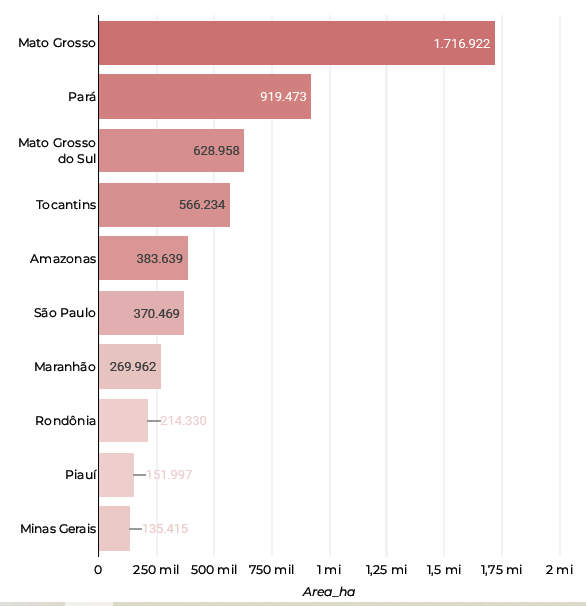
Environmental and Human Impact
The Amazon was already suffering from a severe drought last year, and insufficient rainfall during the wet season failed to replenish rivers and forests. This year’s drought—more intense in many Brazilian states—has further fueled the spread of wildfires.
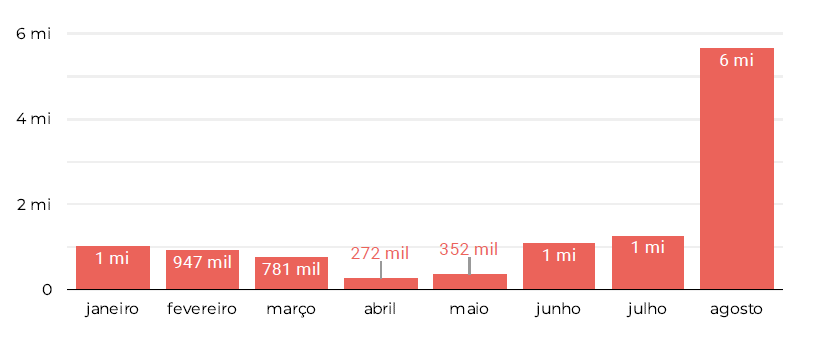
INPE researchers emphasize that while the drought exacerbates conditions, human activity, particularly illegal land clearing, remains the primary cause of the fires. Between 2019 and 2022, 50,000 square kilometers of the Amazon were deforested. Such damage could take decades to reverse because rain is a byproduct of the plants’ evapotranspiration. With fewer green areas, less humidity accumulates to become rain.
Smoke Spreads Across the Country
In addition to the devastation of vegetation, smoke from the fires is now spreading across Brazil. According to O Globo, the pollution has already reached areas to the south. A strong airflow originating in the North passes through Bolivia and Paraguay before moving toward the Atlantic. This phenomenon, typically referred to as “flying rivers” due to its usual role in transporting moisture from the Amazon, is now bringing smoke and heat instead.
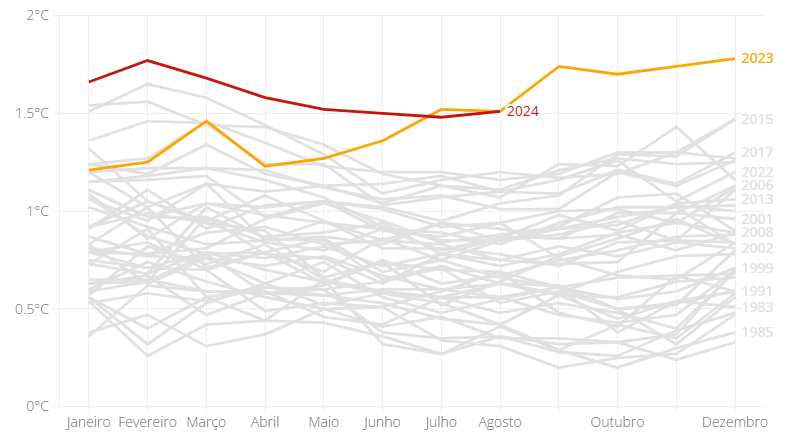
Swiss air quality monitoring company IQAir ranked Porto Velho (RO), Rio Branco (AC), and São Paulo (SP) as the three most polluted cities globally on Sunday, September 8.
Fires and the Financial Market
Financial analysts warn that the fires and drought could significantly impact investment flows into Brazil, particularly in agribusiness and energy. Foreign investors, especially those adhering to environmental, social, and governance (ESG) principles, may reconsider their investments in the country. The loss of productivity and rising production costs could also reduce Brazil’s attractiveness as a long-term investment destination.
The wildfires in Brazil in 2024, particularly in the Amazon and Cerrado regions, significantly impact the carbon credit market. These fires release large amounts of CO₂ into the atmosphere, undermining climate mitigation efforts and reducing the potential carbon credits the country could generate. According to the Copernicus Atmosphere Monitoring Service (CAMS) from the EU, Brazil’s carbon emissions from these fires have accumulated to 183 million tons this year, with a staggering one-third of that—65 million tons—occurring in September alone. As one of the largest custodians of tropical forests, Brazil plays a crucial role in the global carbon market.
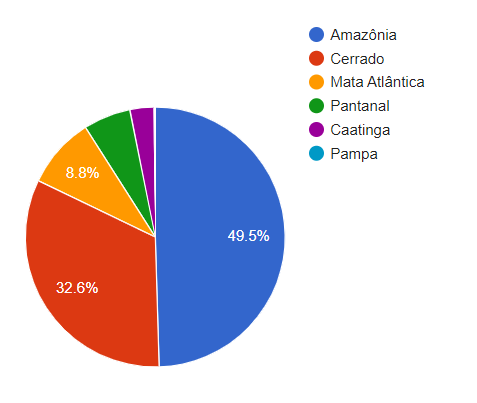
However, the ongoing wildfires threaten the credibility and value of emissions reduction and forest conservation projects. This not only diminishes Brazil’s competitiveness in the carbon credit market but also discourages investments aimed at sustainability and environmental preservation. The persistence of these fires poses a challenge to the country’s ability to meet international climate goals and attract responsible investment.
Economic Impacts: Rising Food and Energy Prices
The combination of Brazil’s worst drought in 70 years, persistent heatwaves, and rampant wildfires is severely affecting society and the economy. Beyond the health risks and deteriorating air quality, businesses and individuals are bearing significant financial burdens. From January to 16 September 2024, wildfire-related losses reached R$1.1 billion—33 times higher than the R$32.7 million recorded during the same period in 2023, according to the National Confederation of Municipalities (CNM).
Fires are also having a profound impact on agriculture, a sector that accounts for 25% of Brazil’s GDP. Wildfires are destroying crops, pastures, and forests used for cultivation and livestock, reducing the supply of key food products like meat and grains. In the short term, this has led to increases in food prices, while the long-term consequences may disrupt the environmental balance critical for sustainable agriculture. Economists and the financial market already forecast an increase in inflation for September caused by the environmental disaster.
Recent heatwaves have driven up energy consumption, with more people relying on air conditioning and fans to combat extreme temperatures. From 1 to 8 September, the average energy demand rose by 13% in comparison to the last crisis, in 2021. Poor air quality and ongoing drought have also forced many to stay indoors for extended periods. This surge in energy demand, coupled with a lack of rainfall, has led to a rise in electricity costs. During droughts, power generation becomes more expensive Leading to the temporary activation of thermoelectric plants, taking the energy bill back to the red fare, the most expensive.
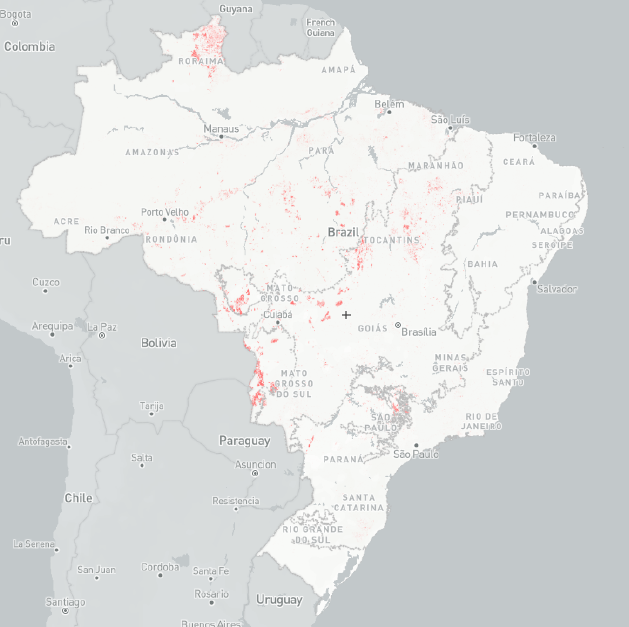
The fires have disrupted logistics in some areas, blocking airports, roads, and access to industrial facilities. In São Paulo, at least 30 cities were put on high alert, while some of their main accesses were blocked by the flames, such as SP-333. In total, 17 roads were partially or completely closed. Some educational institutions had to close. Among the airports, several were closed, even the one that servers the capital, Brasília. Industries associated with crops had losses reported after alleged arsonists set fire to the harvest.
Risk assessment is a process involving the identification, analysis, and evaluation of risks that may impact an organization. This is essential for making informed decisions and crafting strategies to minimize potential negative impacts. In the context of climate change, where extreme events like the recent floods in the South and the current drought affecting some regions can have devastating effects, risk assessment is especially vital. Intentional, unintentional, and/or naturally-caused disruptive events and combination thereof highlight the importance of taking all of the into account in effective risk assessments and contingency planning.
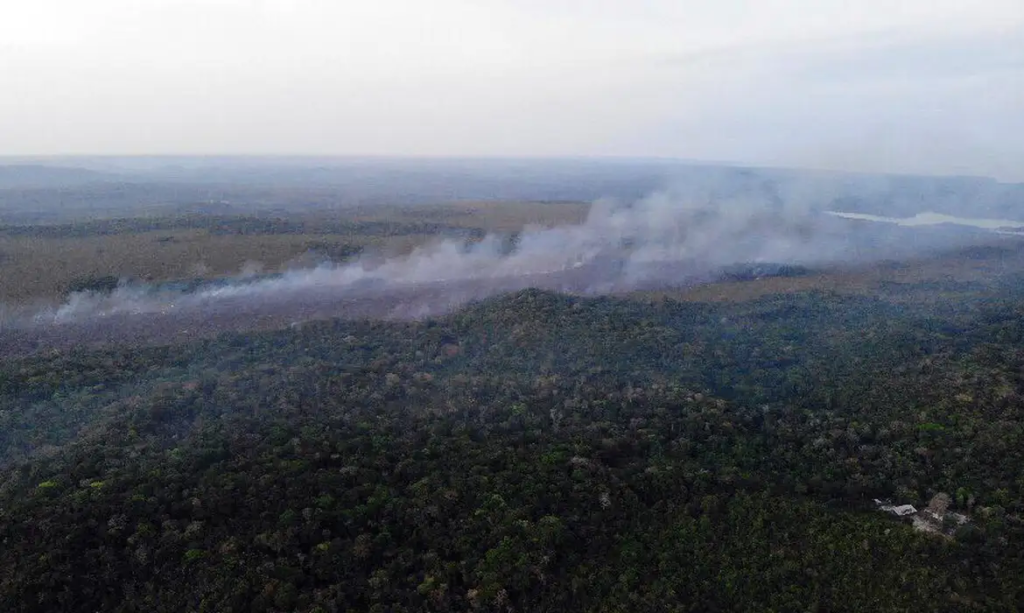
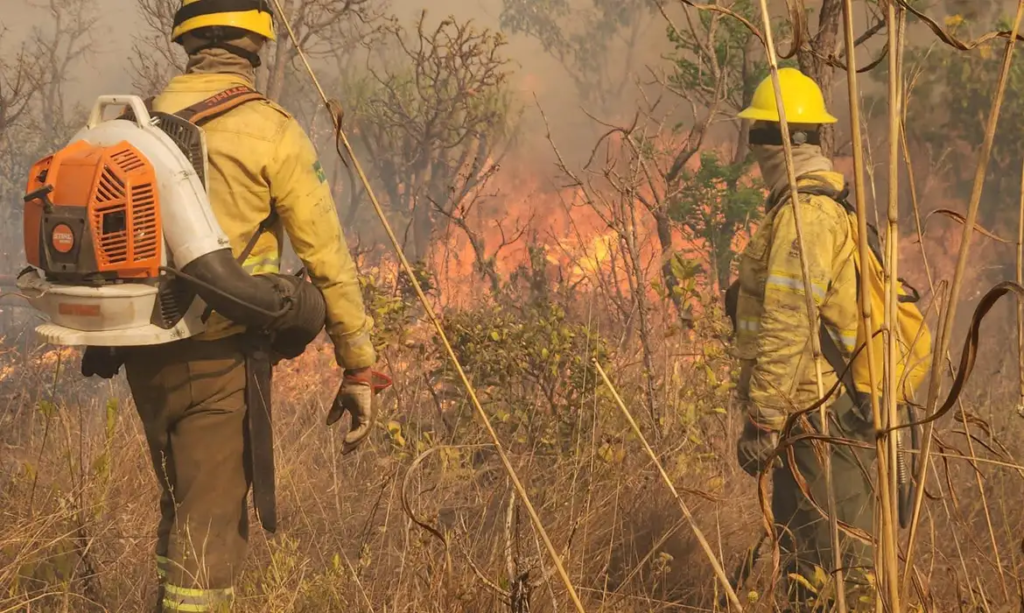
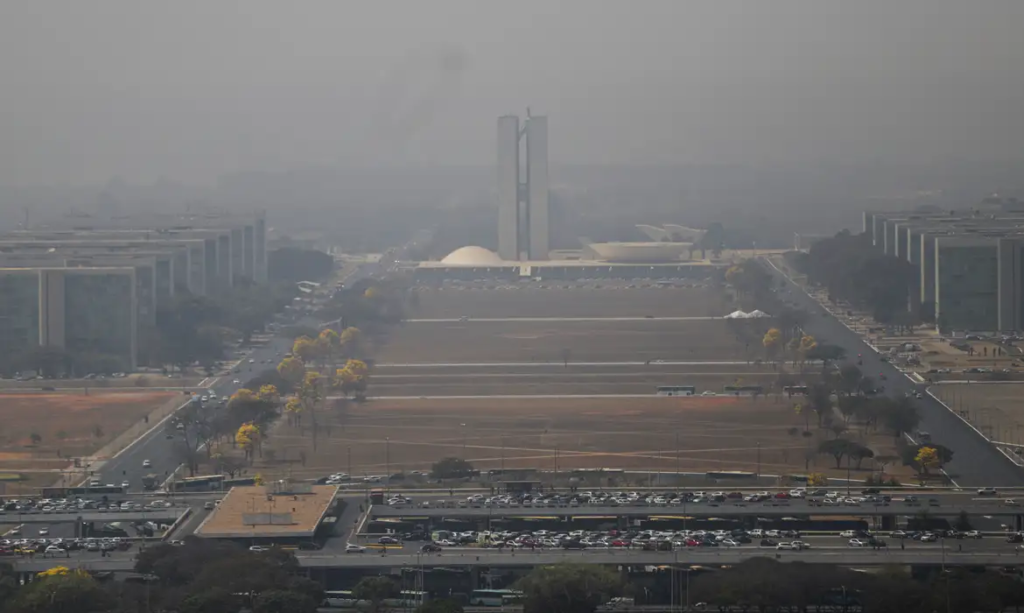
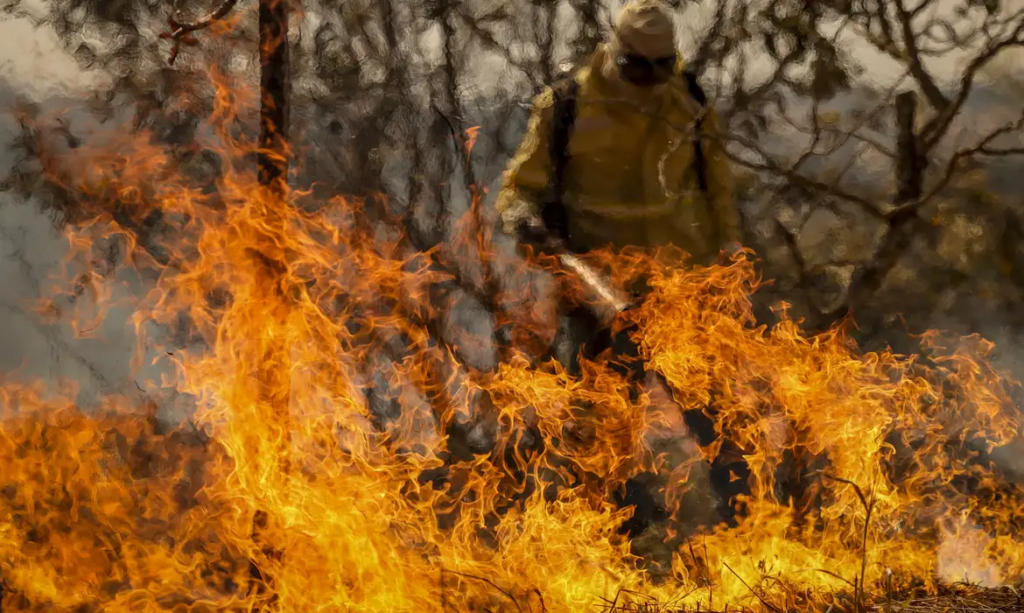
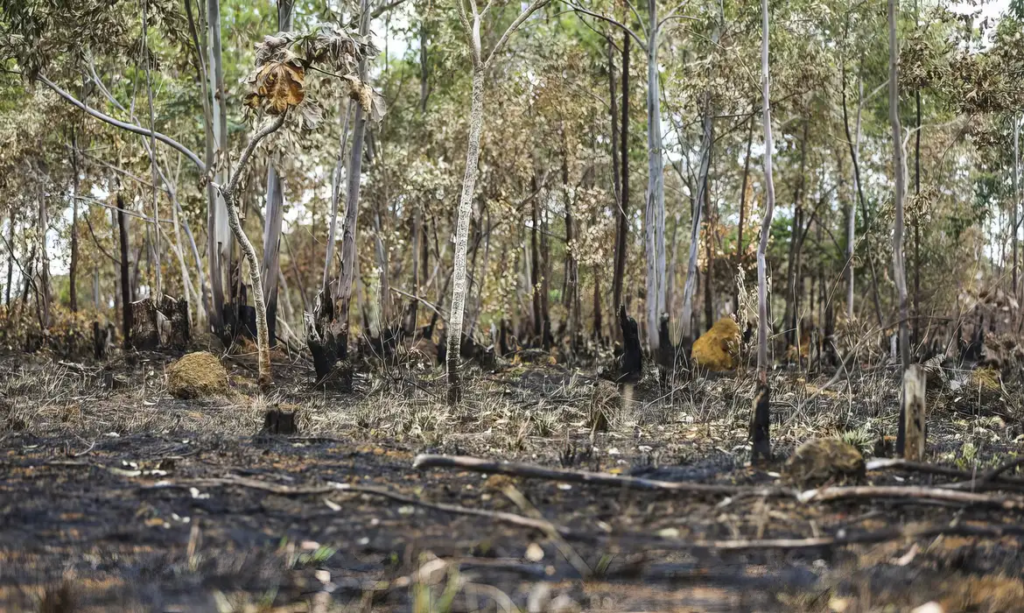
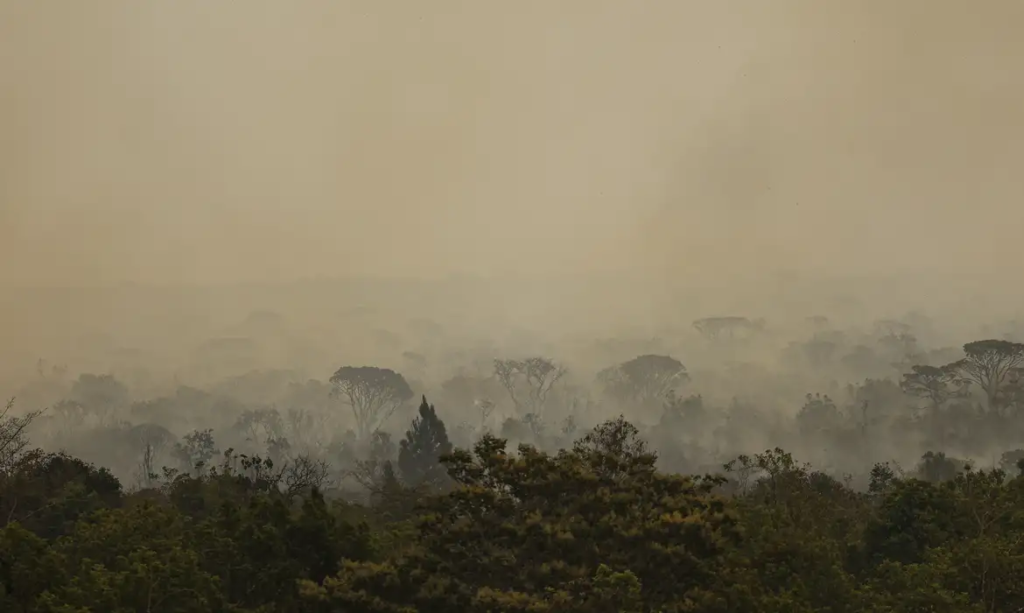
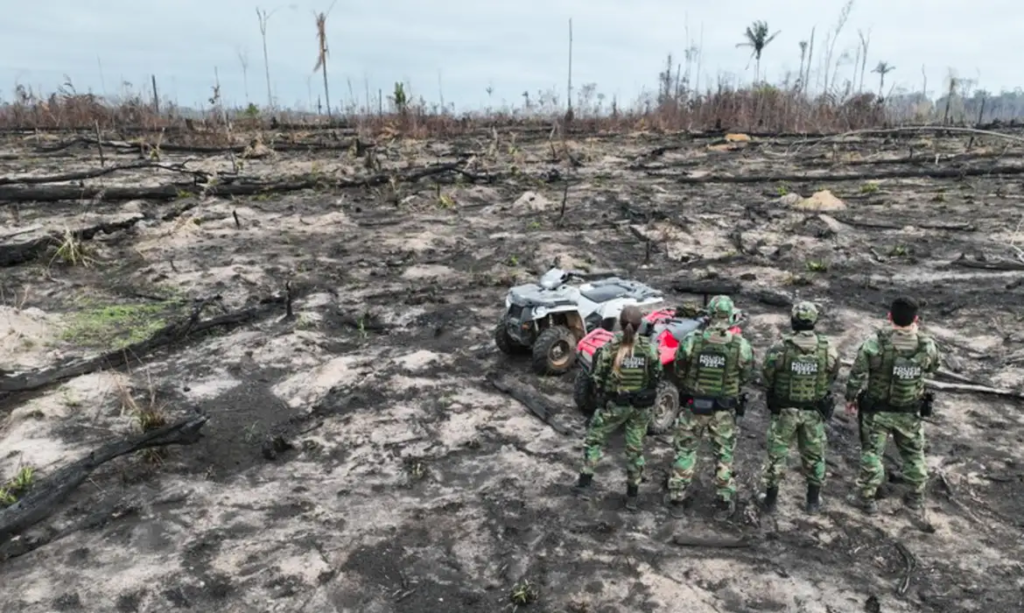
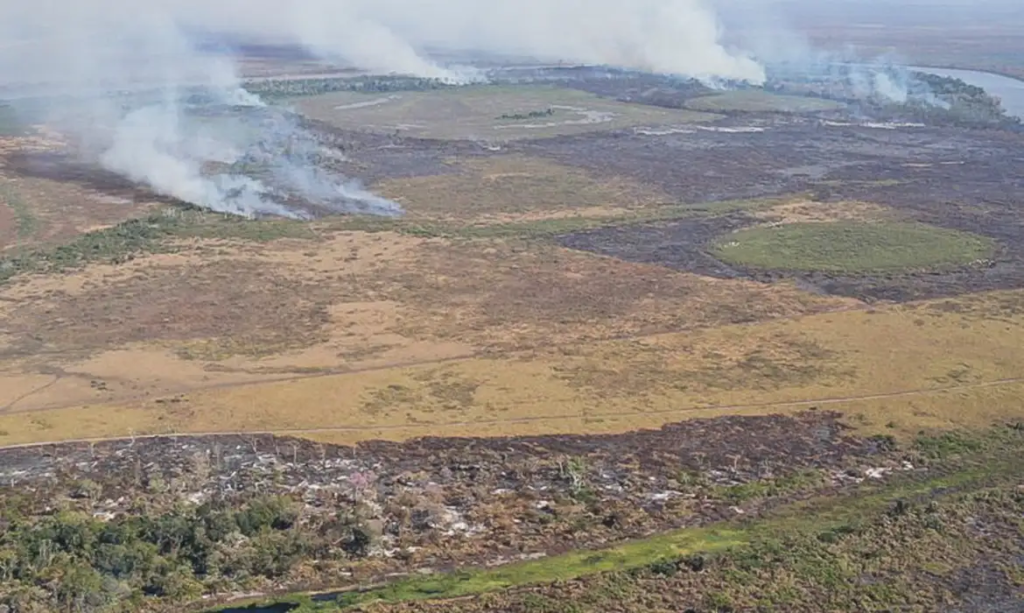
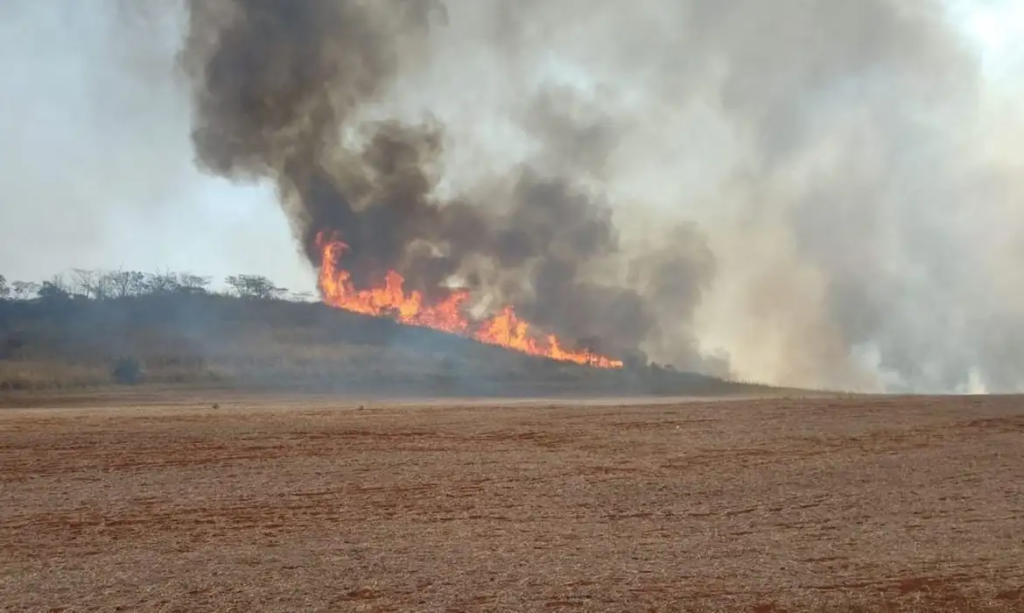
[1] The Cerrado is one of the five major biomes of Brazil, covering around 25% of the national territory and covering an area of between 1.8 and 2 million km2 in the states of Goiás, Tocantins, Mato Grosso do Sul, southern Mato Grosso, western Minas Gerais, the Federal District, western Bahia, southern Maranhão, western Piauí and parts of the state of São Paulo.



